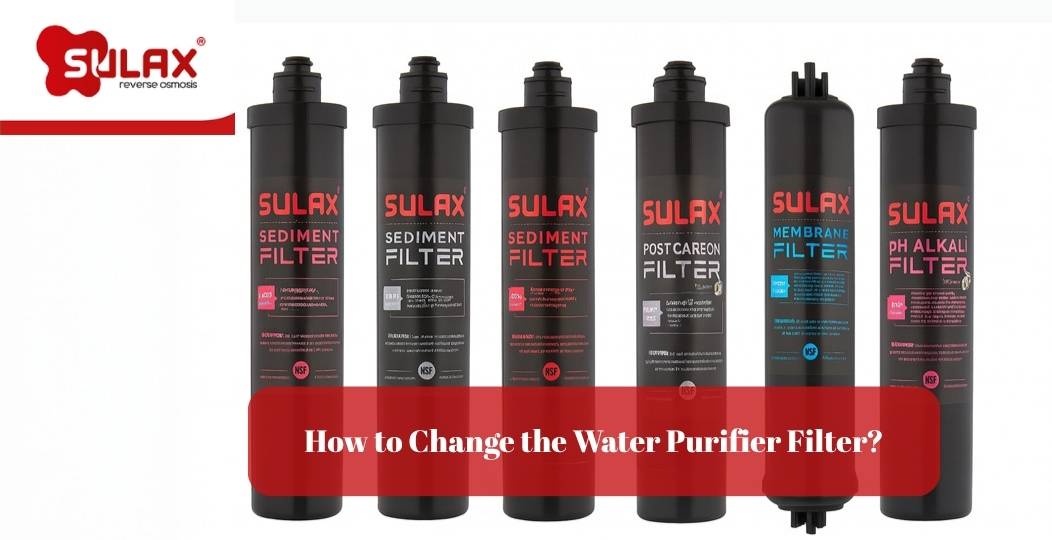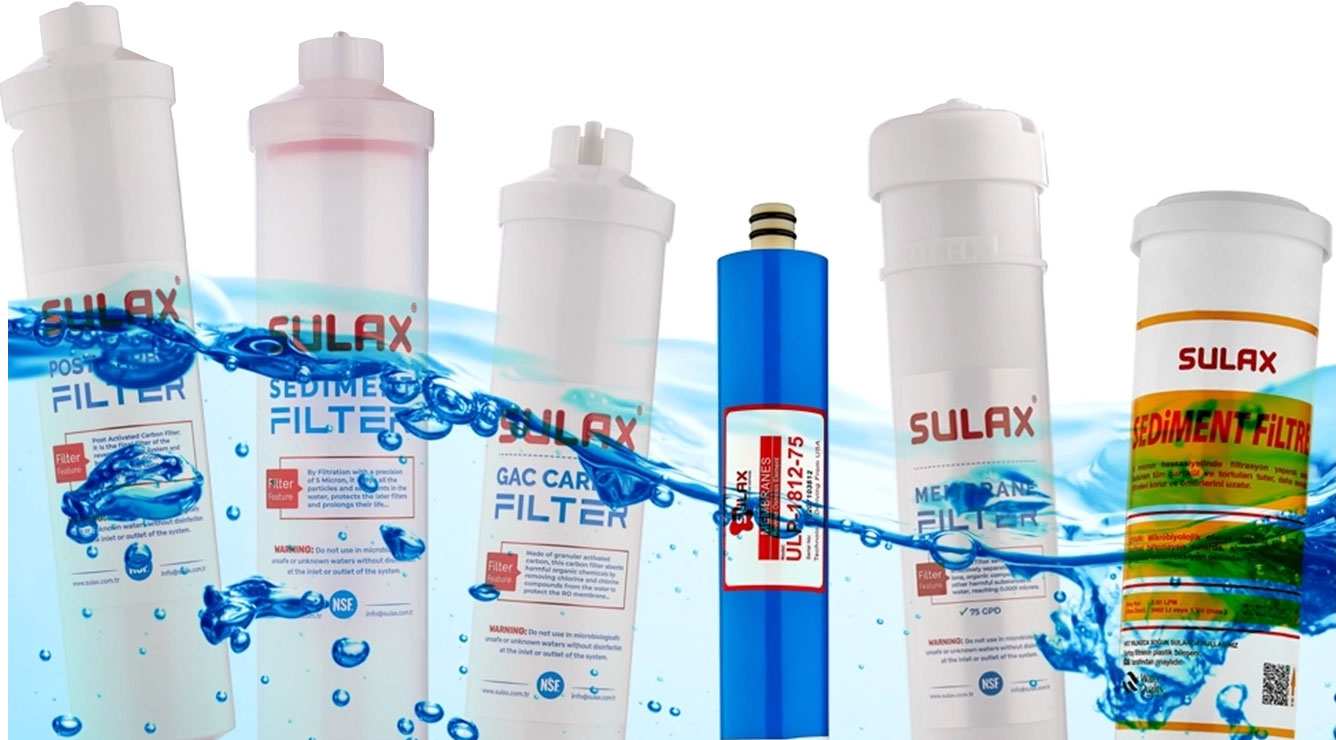
Water purifier filter replacement refers to the process of periodically renewing the filters inside the device. Filters remove limescale, sediment, chlorine, heavy metals, and microorganisms from tap water to provide clean water. However, each filter has a limited lifespan. Over time, filters become clogged, lose efficiency, and can no longer purify water properly. At this point, replacing the filters becomes essential both for the device’s performance and for safe water consumption.
Replacing the filter is one of the most crucial steps in ensuring healthy and high-quality water. Over time, filters lose their effectiveness; water quality deteriorates, and device performance declines. Therefore, regular filter replacement is necessary. Although each device may vary by model, the replacement process generally follows similar steps. Here’s how to safely and properly replace a water purifier filter:
Make sure to maintain hygiene during this process; your hands should be clean, and the filters must be installed without letting air enter.
For open-case systems, follow these steps:
For closed-case units, the steps are slightly different:
Note: Since incorrect installations are common in closed-case systems, it's highly recommended to have filter replacements done by authorized technical service. This protects the device warranty and ensures clean, safe water.
Replacement times vary depending on filter type. Average replacement intervals are:
However, these durations can vary depending on tap water quality, usage frequency, and filter brand. For example, in areas with high limescale content, filters may clog faster. Based on your local water conditions, water purification filters may wear out sooner and require more frequent inspection.
To maintain optimal performance, filters should be replaced at specific intervals. Manufacturers typically recommend:
If filter replacement is delayed:
Therefore, adhering to the manufacturer’s timeline or even creating a filter change schedule is highly recommended.
After installing the new filters, follow these steps:
Keep in mind that the device will operate more efficiently, and the water taste will noticeably improve after filter replacement.
Filter replacement is essential to maintain safe and clean drinking water. Water purifiers remove sediment, chlorine, heavy metals, and bacteria from tap water. But over time, filters become clogged and ineffective.
Regular filter changes not only extend the lifespan of your device but also preserve the quality of the purified water. No matter how expensive or high-tech the system is, if filters are dirty, water quality will suffer.
Replacing filters as per the manufacturer's recommended intervals ensures optimal performance and consistent water safety. Routine maintenance guarantees long-term device health and continuous access to clean water. For more information, read our guide on water purifier maintenance.
Neglecting filter replacement can lead to the following issues:
That’s why water filter replacement should never be neglected. Ideal intervals (e.g., every 6, 12, or 24 months) must be followed consistently. This is particularly vital for sensitive groups like children and the elderly.

Fill out the form and be the first to enjoy the benefits!